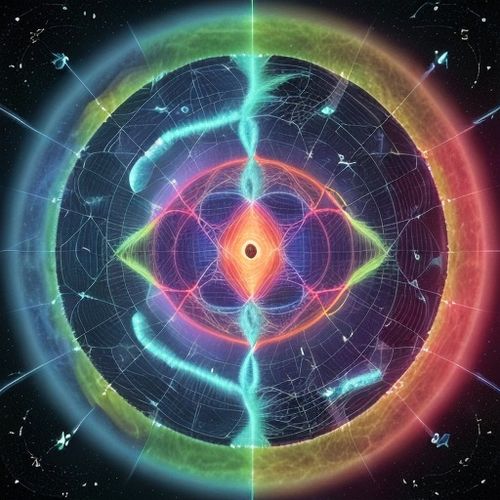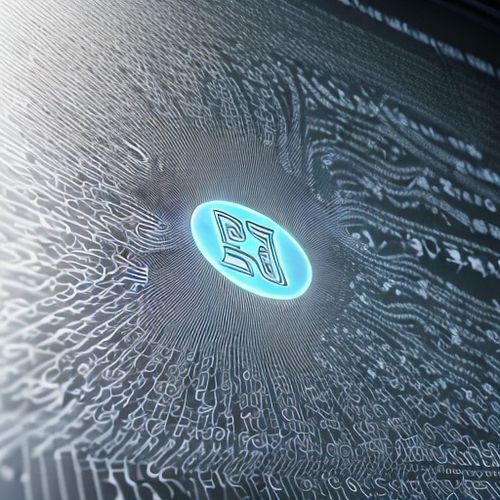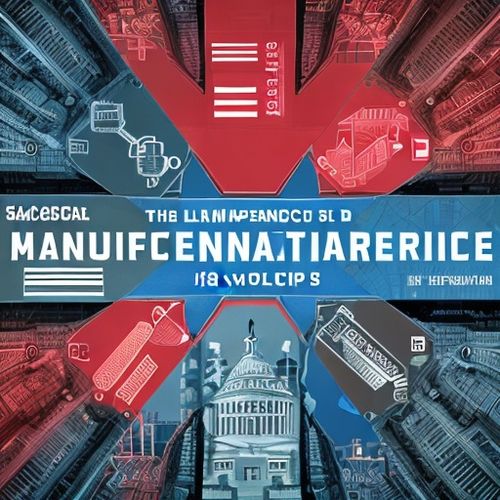The Riemann Hypothesis, one of the most profound and enduring mysteries in mathematics, has long been a subject of intense study and speculation. Recent breakthroughs in this field have sent ripples through both the mathematical community and the world of cryptography, raising the possibility of transformative changes to digital security systems. The implications are vast, touching everything from secure communications to financial transactions.
For over a century, the Riemann Hypothesis has stood as a formidable challenge, resisting countless attempts at proof or disproof. Proposed by Bernhard Riemann in 1859, it concerns the distribution of the non-trivial zeros of the Riemann zeta function, a complex mathematical construct with deep connections to number theory. The hypothesis suggests that all these zeros lie on a specific line in the complex plane, known as the critical line. While extensive computational evidence supports this claim, a rigorous proof remains elusive.
Recent developments, however, have brought renewed optimism. A team of mathematicians has unveiled a novel approach that bridges gaps between previously disconnected areas of mathematics. Their work, though not yet a full proof, provides compelling insights into the structure of the zeta function and its zeros. By leveraging advanced techniques from spectral theory and harmonic analysis, the researchers have uncovered patterns that were previously hidden, offering a fresh perspective on this age-old problem.
The potential ramifications for cryptography are particularly striking. Modern encryption systems, such as RSA, rely heavily on the difficulty of factoring large prime numbers—a problem intimately tied to the distribution of primes, which the Riemann Hypothesis seeks to elucidate. If the hypothesis were proven true (or false), it could lead to more efficient algorithms for prime number generation or factorization, thereby disrupting existing cryptographic protocols.
This connection between pure mathematics and practical encryption is not merely theoretical. The security of online transactions, classified communications, and even blockchain technologies hinges on the computational hardness of certain mathematical problems. A resolution to the Riemann Hypothesis could either reinforce the foundations of these systems or expose vulnerabilities that necessitate a complete overhaul of cryptographic standards.
Beyond cryptography, the implications extend to other scientific disciplines. The zeta function and its zeros appear in quantum mechanics, statistical physics, and even the study of random matrices. A deeper understanding of their behavior could unlock new theoretical frameworks or computational methods, accelerating progress in these fields. The interdisciplinary nature of this breakthrough underscores the far-reaching impact of fundamental mathematical research.
Despite the excitement, caution remains warranted. The new findings, while promising, are still under peer review, and the path to a full proof is fraught with challenges. Mathematicians are quick to point out that many purported solutions to the Riemann Hypothesis have emerged over the years, only to falter under scrutiny. Yet, the current approach has garnered unusual attention due to its methodological rigor and the credibility of the researchers involved.
For cryptographers, the situation presents both an opportunity and a dilemma. On one hand, a proven Riemann Hypothesis could validate the security assumptions underlying much of modern encryption. On the other, it might also reveal unforeseen weaknesses, forcing a rapid transition to post-quantum or other advanced cryptographic systems. Governments and corporations are already monitoring these developments closely, aware that the stakes for global cybersecurity are exceptionally high.
The broader lesson here is the unpredictable interplay between abstract mathematics and real-world technology. Problems that once seemed purely academic can, with time, become central to the infrastructure of the digital age. The Riemann Hypothesis is a prime example of how theoretical inquiry can have profound practical consequences, often in ways that are impossible to anticipate.
As the mathematical community continues to dissect these new findings, one thing is certain: the journey toward understanding the Riemann Hypothesis is far from over. Whether this latest breakthrough will culminate in a definitive proof or simply open new avenues of exploration remains to be seen. But the very possibility of such an outcome is a testament to the enduring power and beauty of mathematical discovery.

By Emily Johnson/Apr 10, 2025

By John Smith/Apr 10, 2025

By Christopher Harris/Apr 10, 2025

By Noah Bell/Apr 10, 2025

By Rebecca Stewart/Apr 10, 2025

By Victoria Gonzalez/Apr 10, 2025

By Amanda Phillips/Apr 10, 2025

By Emma Thompson/Apr 10, 2025

By Lily Simpson/Apr 10, 2025

By Emma Thompson/Apr 10, 2025

By Sophia Lewis/Apr 10, 2025

By Rebecca Stewart/Apr 10, 2025

By Noah Bell/Apr 10, 2025

By Sophia Lewis/Apr 10, 2025

By Christopher Harris/Apr 10, 2025

By Eric Ward/Apr 10, 2025

By Daniel Scott/Apr 10, 2025